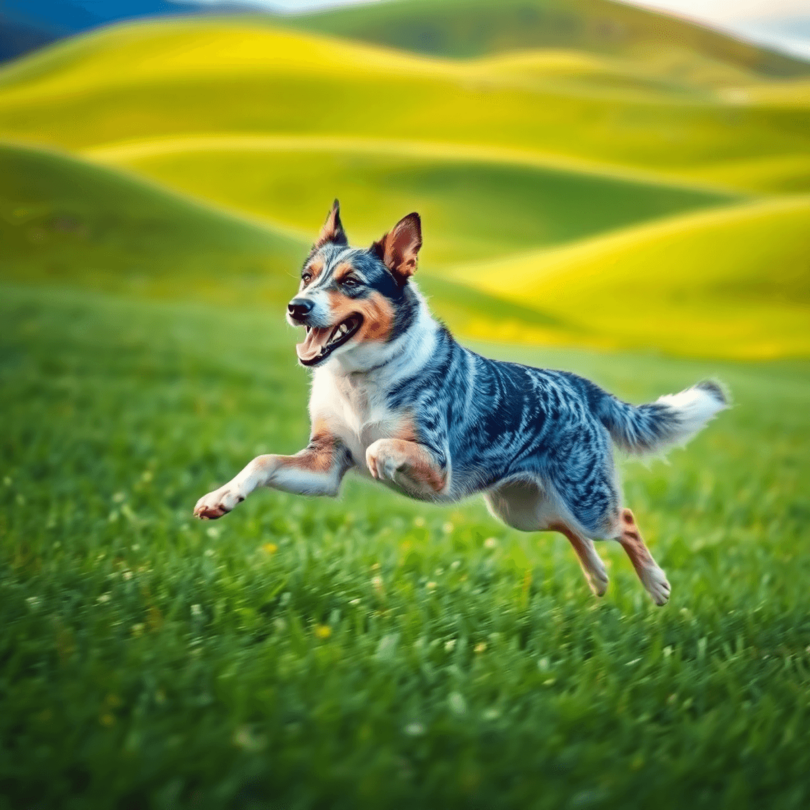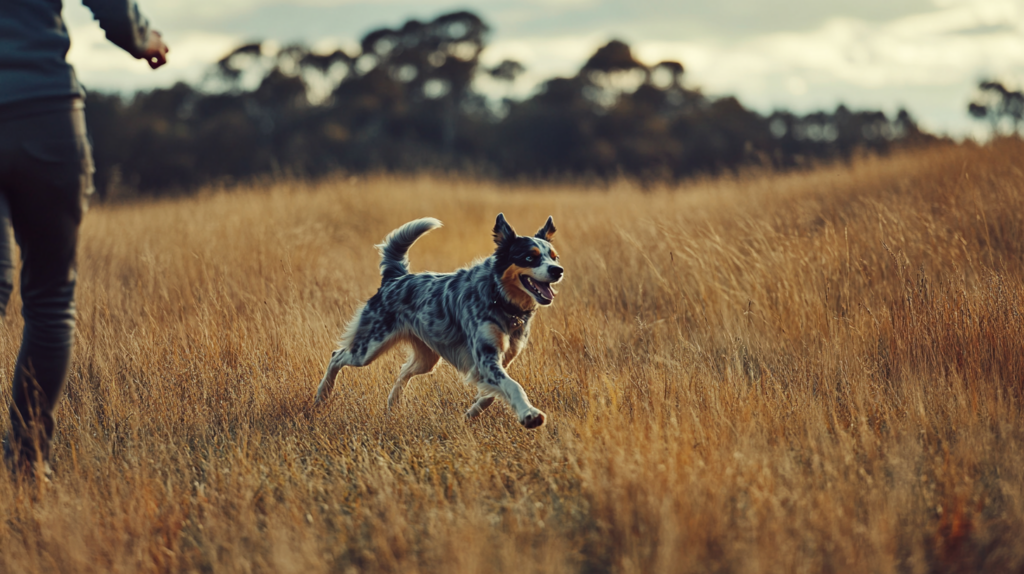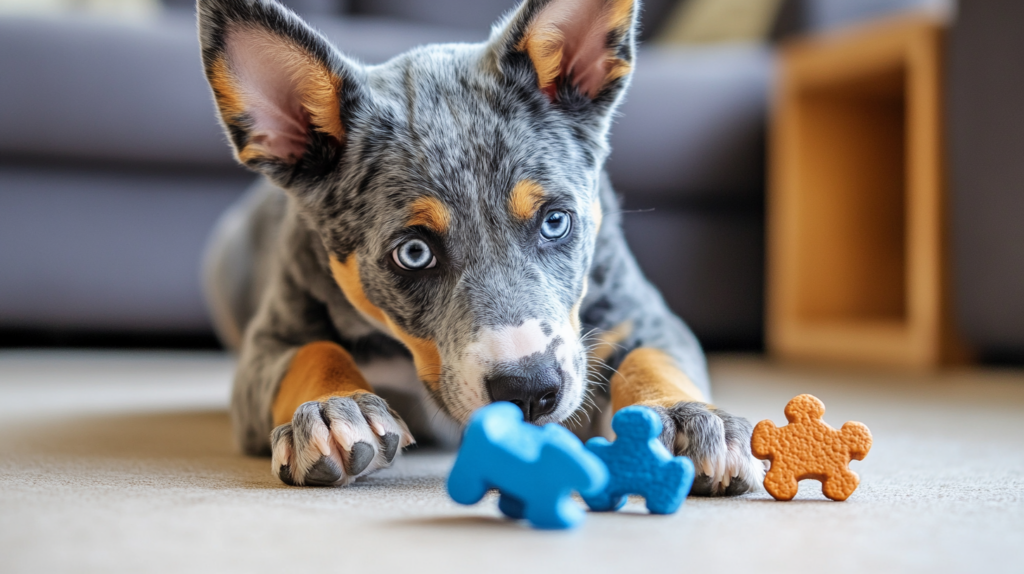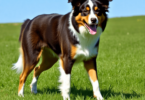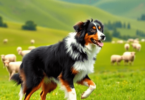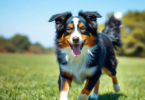ACD Care Guide
Australian Cattle Dogs, affectionately known as Blue Heelers, are a dynamic herding breed that has captured the hearts of many dog lovers. With their origins rooted in the rugged landscapes of Australia, these intelligent and loyal companions excel in various roles, from herding livestock to being cherished family pets.
Why Proper Care Matters
Ensuring your ACD receives the right care is crucial for enhancing their well-being and happiness. Proper care includes:
- Exercise: ACDs thrive on activity, needing over two hours of vigorous exercise daily.
- Grooming: Regular grooming helps maintain their distinctive coat and minimizes shedding.
- Nutrition: A balanced diet fuels their energetic lifestyles, supporting overall health.
In this article, we will provide a step-by-step guide on how to care for your Blue Heeler. Topics will include essential aspects like exercise requirements, grooming essentials, and nutrition guidelines to keep your furry friend happy and healthy.
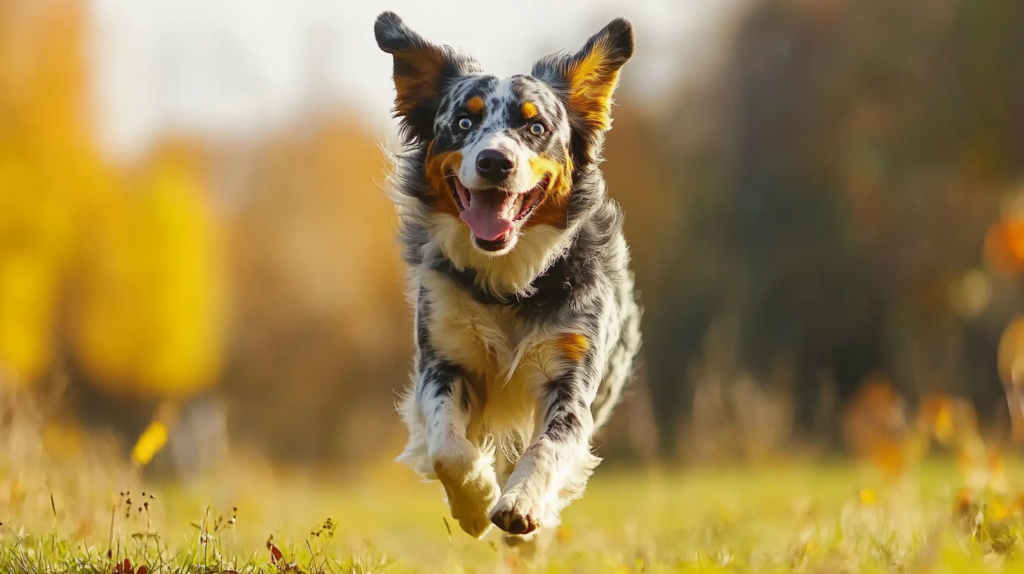
Understanding the Australian Cattle Dog
Australian Cattle Dogs (ACDs) have an intriguing history rooted in the rugged landscapes of Australia. Developed in the 19th century, these dogs were bred by crossing various herding breeds to create a resilient and skilled worker capable of managing cattle in challenging conditions. Their adaptability and intelligence made them essential partners for ranchers, leading to their prominent place in the herding group.
Physical Characteristics
ACDs are medium-sized dogs with a compact build that reflects their working heritage. Key features include:
- Weight: Typically ranging from 35 to 50 pounds.
- Height: Standing about 17 to 20 inches tall.
- Coat: A water-resistant double coat, consisting of a short dense undercoat and a straight outer layer, comes in stunning blue or red speckled patterns.
These physical attributes not only contribute to their striking appearance but also enhance their ability to perform well in various weather conditions.
Temperament Traits
The temperament of an Australian Cattle Dog is a blend of several admirable qualities:
- Intelligence: Highly trainable and quick learners, ACDs thrive on challenges.
- Loyalty: They form strong bonds with their families, offering unwavering companionship.
- Strong Work Ethic: These high-energy dogs relish tasks, making them ideal working partners as well as loving household pets.
This combination of traits underscores the importance of proper care practices, such as adequate exercise and nutrition tailored to their needs. With an energetic disposition, ACDs require structured activities which will be explored further in the section on exercise requirements.
Understanding these characteristics of Australian Cattle Dogs sets the stage for ensuring their happiness and health through attentive care practices.
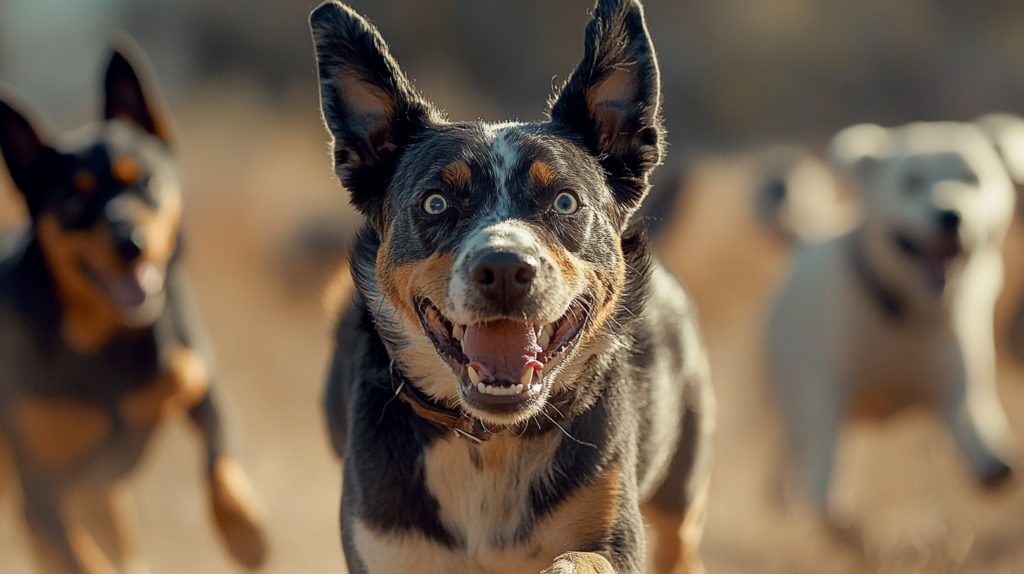
Exercise Requirements for Blue Heelers
Keeping your Blue Heeler happy and healthy involves understanding their exercise needs. Australian Cattle Dogs are bundles of energy, built for action and adventure. Regular exercise is not just a luxury; it’s a necessity that ensures they remain physically fit and mentally stimulated.
Daily Exercise Duration
To meet their high energy levels, ACDs require over two hours of vigorous exercise daily. This may sound daunting, but don’t fret! It’s all about finding activities that both you and your furry friend enjoy.
Engaging Activities for Your Blue Heeler
Here are some engaging activities tailored for your Blue Heeler:
- Running & Jogging: These pups excel in keeping pace with their humans. Taking them on brisk runs or jogs provides the physical workout they crave. Not only does this burn off energy, but it also strengthens the bond between you and your dog.
- Hiking Adventures: Exploring nature trails is an exciting way to engage their senses. ACDs love to sniff out new scents while navigating different terrains. Plus, it’s a fantastic opportunity for both of you to soak up the great outdoors!
- Playing Fetch: A classic game that never gets old! Throwing a ball or frisbee can turn into an exhilarating workout session. Ensure you have plenty of space for your Blue Heeler to dash after the object with gusto.
- Agility Training: Setting up an agility course in your backyard or attending local classes can provide immense joy and mental stimulation. ACDs thrive on learning new skills while expending energy.
Incorporating Mental Stimulation
Physical activity alone isn’t enough to keep these clever canines satisfied. Mental stimulation is equally crucial in Australian Cattle Dog care:
- Interactive Toys: Toys that challenge them mentally can keep ACDs engaged for hours. Puzzle feeders are great for providing food while making them think.
- Training Sessions: Regularly practicing commands or tricks not only reinforces good behavior but also tires them out mentally.
- Scent Games: Hide treats around the house or yard and let them sniff them out. This taps into their natural instincts and provides a fulfilling workout.
Finding the right balance of physical and mental activities is essential in meeting the exercise needs of Blue Heelers. Regularly engaging in diverse activities will prevent boredom and behavioral issues while keeping your furry companion in tip-top shape!
Grooming Essentials for Australian Cattle Dogs
Brushing Techniques for Blue Heelers’ Coats
Maintaining that stunning Blue Heeler coat requires a bit of dedication and the right techniques. ACDs, with their short, double-layered fur, are relatively low maintenance but do benefit from some TLC.
- Brushing Frequency: Aim for weekly brushing during non-shedding seasons. This helps keep their coats healthy and shiny while minimizing hair around your home. When shedding season rolls around, you might need to bump that up to two or three times a week to tackle the extra fluff.
- Tools of the Trade: Invest in quality grooming tools. A slicker brush and a bristle brush work wonders on a Blue Heeler’s coat. The slicker brush helps remove tangles and loose hair, while the bristle brush can smooth out the coat and distribute natural oils.
- Brushing Technique: Start at the neck and work your way down to the tail, using gentle strokes. Pay special attention to areas prone to matting like behind the ears and underbelly. Regular brushing not only prevents mats but also gives you a chance to check for any skin issues or parasites.
Dog Shedding Management
Handling shedding is part of the joyful journey of owning an ACD. Their shedding patterns can vary throughout the year, often peaking in spring and fall. Here are tips for effective Blue Heeler shedding management:
- Regular Grooming: Consistent brushing reduces loose hair around your home significantly. Keeping this routine helps keep both your dog and living space cleaner.
- Bathing Schedule: Bathing every 4-6 weeks with a dog-specific shampoo supports skin health without stripping natural oils. Too frequent washing can lead to dryness, which isn’t ideal for your furry friend.
- Healthy Diet Matters: A well-balanced diet rich in omega fatty acids promotes healthy skin and coat. Consider supplements if you notice excessive shedding or dull fur.
- Hydration is Key: Ensure your Blue Heeler has constant access to fresh water. Proper hydration contributes not only to their overall health but also affects their coat condition.
By following these grooming essentials, you’ll not only keep your Blue Heeler looking fabulous but also foster a bond through this enjoyable routine!

Bathing Schedule and Dental Hygiene Practices
Maintaining your Blue Heeler’s coat is essential for their health and comfort. Here’s how to keep that beautiful double coat in tip-top shape:
1. Bathing Schedule
Aim for a bath every 4-6 weeks. This frequency helps maintain cleanliness without stripping away the natural oils that protect their skin. A gentle, dog-specific shampoo is ideal to preserve the integrity of their water-resistant coat.
2. Understanding the Double Coat
Australian Cattle Dogs possess a unique double coat structure, featuring a dense undercoat and a straight outer layer. This combination protects them from harsh weather but requires regular grooming to prevent matting and excessive shedding.
3. Brushing Blue Heelers’ Coats
Brush your pup at least once a week during non-shedding seasons. During shedding periods, increase this frequency to manage dog shedding effectively. Regular brushing not only removes loose hair but also promotes healthy skin by distributing natural oils.
4. Dental Hygiene Practices
Oral health is as crucial as coat care. Establish a routine of weekly teeth brushing or consider dental chews to combat plaque buildup. Good dental hygiene prevents common oral health issues that can affect ACDs.
Integrating these grooming practices into your Australian Cattle Dog care routine will ensure they remain clean, healthy, and happy!
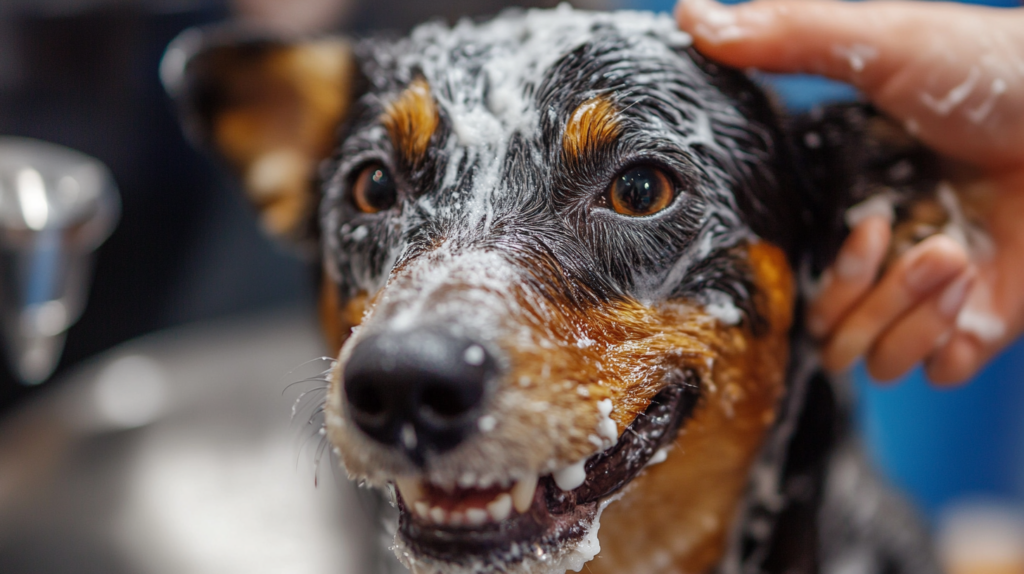
Nutrition Guide for Blue Heelers
Choosing the Right Food for Your Blue Heeler’s Diet
Feeding your Australian Cattle Dog (ACD) a balanced diet is crucial for their health and energy levels. These energetic pups require high-quality nutrition to support their active lifestyle. Here’s what you need to know:
1. High-Quality Dog Food
Opt for dog food that meets AAFCO guidelines. Look for brands that list meat as the primary ingredient, such as chicken, beef, or lamb. This ensures that your Blue Heeler gets the necessary protein to fuel their adventures.
2. Specific Formulas
Consider specialized formulas designed for active dogs. These foods often contain higher levels of protein and fat to meet the needs of high-energy breeds like ACDs. Ingredients like sweet potatoes or brown rice can provide healthy carbohydrates for sustained energy.
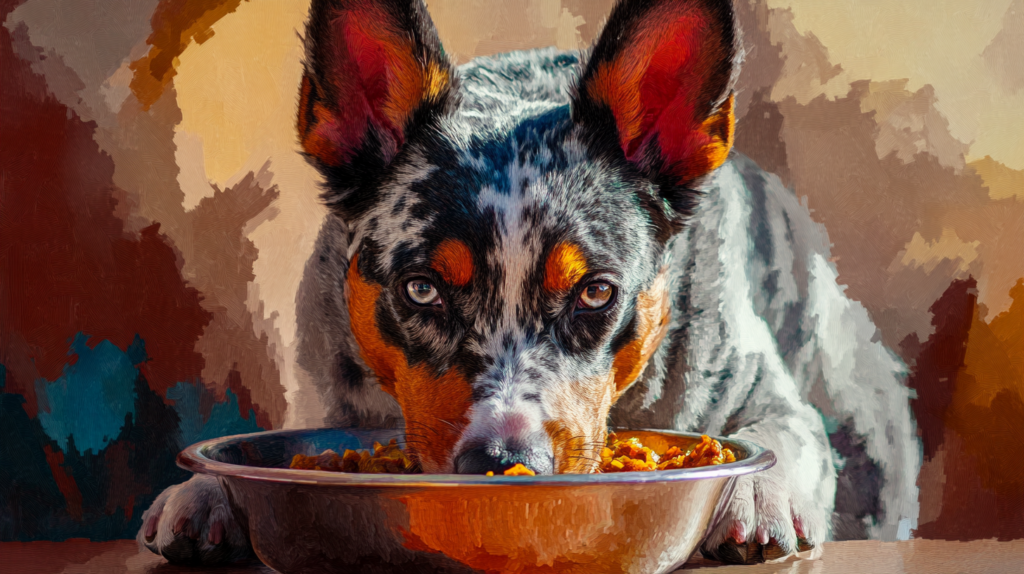
Feeding Schedule
Puppies have different nutritional needs compared to adult dogs:
- Puppies: Feed three to four meals per day until they are about six months old. After this period, transitioning to two meals a day helps maintain their energy without overfeeding.
- Adults: Most adult ACDs thrive on two meals daily. Dividing their daily intake helps with digestion and keeps them satisfied throughout the day.
Foods to Avoid
Not all foods are safe for your beloved Blue Heeler. Keep these harmful items away from their reach:
- Chocolate: Contains theobromine, which can be toxic to dogs and lead to serious health issues.
- Grapes and Raisins: Even small amounts can cause kidney failure in some dogs.
- Onions and Garlic: Can damage red blood cells and lead to anemia.
- Avocados: Contain persin, which can be harmful in large quantities.
Supplements That Support Active Lifestyles in Blue Heelers
In addition to a well-balanced diet, consider incorporating supplements that promote joint health and overall well-being:
- Glucosamine & Chondroitin: These supplements can help maintain joint health, particularly in working breeds like ACDs that may be prone to hip dysplasia later in life.
- Omega Fatty Acids: Supporting skin and coat health is essential, especially since ACDs have double coats that require care.
Selecting the right diet for your Blue Heeler is more than just filling a bowl; it’s about providing them with the nutrients they need to thrive as playful companions and hardworking partners. Keeping an eye on their dietary habits ensures they remain healthy and energetic, ready for any adventure!
Tailored Nutrition Approach
When considering a Blue Heeler diet, focus on:
- Puppies: High-quality dog food rich in protein supports growth and energy.
- Adults: Balanced meals with meat as the primary ingredient sustain activity levels.
- Seniors: Nutrient-dense diets lower in calories aid in maintaining a healthy weight.
Incorporating these guidelines into your feeding strategy can enhance the overall health of your Australian Cattle Dog. Prioritize their needs with a thoughtful approach to nutrition, ensuring they remain happy, healthy, and ready for any adventure!
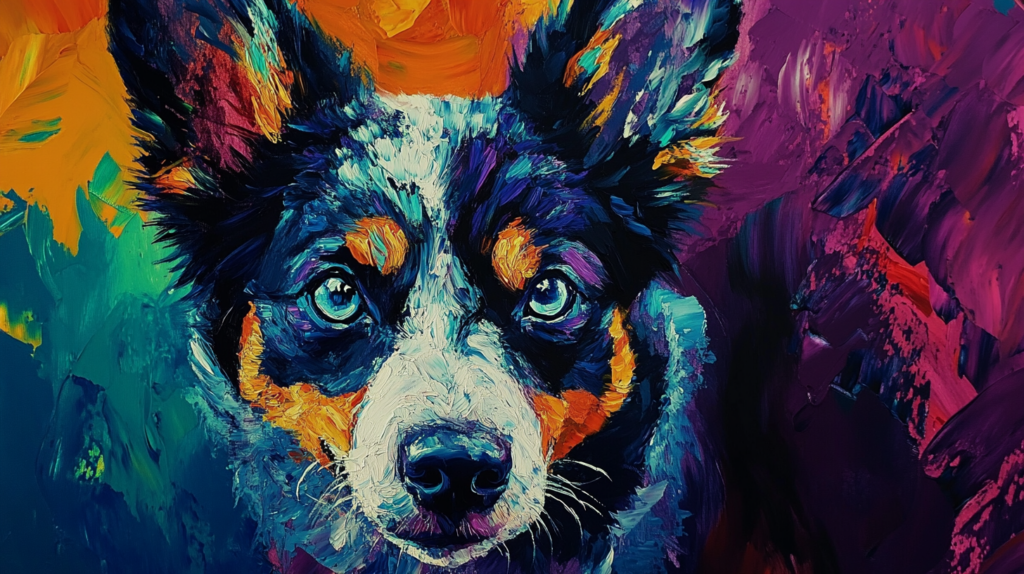
Conclusion
Caring for your Australian Cattle Dog is a rewarding journey filled with joy and companionship. Understanding their unique needs enhances the bond you share. Here are pivotal aspects to remember:
- Exercise: ACDs thrive on physical activity. Regular engagement not only keeps them fit but also stimulates their minds, preventing boredom-related behaviors.
- Grooming: Maintaining their coat health through consistent brushing and bathing is essential. This routine minimizes shedding while keeping their skin and fur vibrant.
- Nutrition: A balanced diet fuels their energetic lifestyle. Selecting high-quality food tailored to their life stage ensures they receive the necessary nutrients to support their overall health.
- Health Monitoring: Regular veterinary check-ups can catch potential issues early, allowing for timely interventions.
Encouraging training and socialization from a young age fosters good behavior and adaptability in various environments. With proper care, ACDs will flourish as loyal companions, ready to join in on all adventures life has to offer.
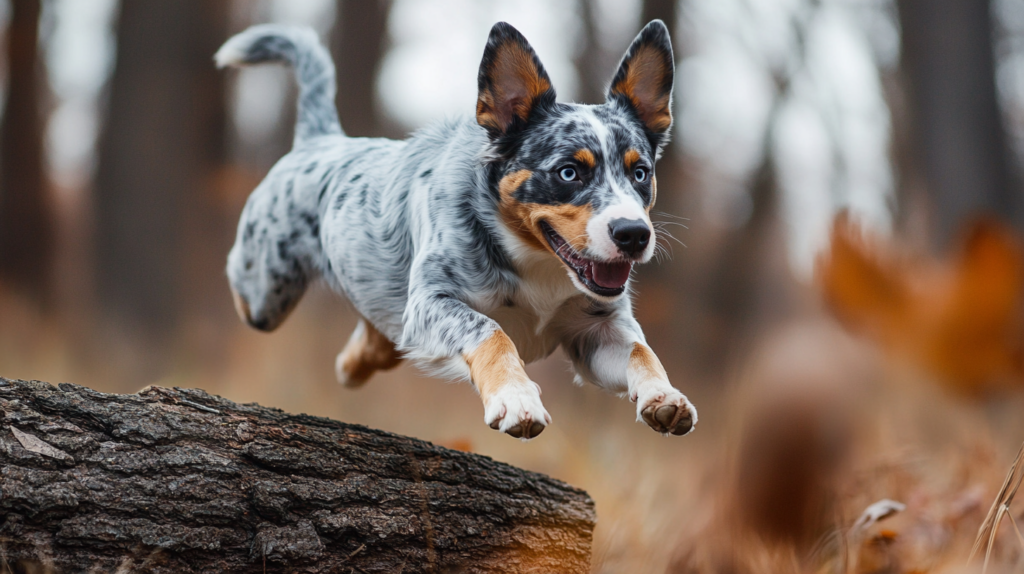
FAQs (Frequently Asked Questions)
What are the exercise requirements for Australian Cattle Dogs?
Australian Cattle Dogs, also known as Blue Heelers, require over two hours of exercise daily to keep them physically and mentally stimulated. Engaging activities such as running, jogging, hiking, and playing fetch are recommended to meet their high energy levels.
How often should I groom my Blue Heeler?
You should brush your Blue Heeler’s coat weekly during non-shedding seasons to maintain its health and minimize shedding around the house. Regular grooming is essential due to their unique double coat structure.
What is the best diet for an Australian Cattle Dog?
Feeding your Australian Cattle Dog high-quality dog food that meets AAFCO guidelines is crucial. The diet should be appropriate for their energy levels, with foods to avoid including chocolate and grapes due to potential toxicity risks.
How often should I bathe my Blue Heeler?
It is recommended to bathe your Australian Cattle Dog every 4-6 weeks. This schedule helps maintain cleanliness without stripping the natural oils from their skin.
What are some engaging activities for my Blue Heeler?
Engaging activities suitable for Blue Heelers include running, jogging, hiking, and playing fetch. Incorporating mental stimulation through agility training or interactive toys can also enhance their exercise routine.
What supplements can support my active Blue Heeler’s health?
For active Blue Heelers, joint supplements like glucosamine and chondroitin can be beneficial in promoting joint health, especially since they may be prone to hip dysplasia later in life. It’s important to consider their specific dietary needs at different life stages.
